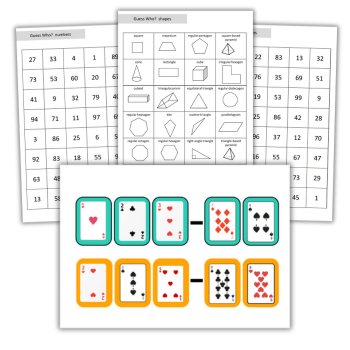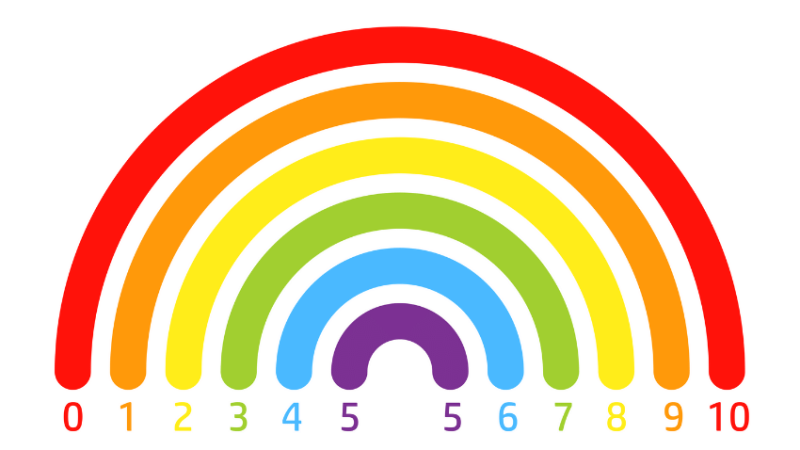Primary maths teaching – Research-informed strategies to focus on

Seamus Gibbons and Emma Lennard take a look at what we should be striving for in our maths teaching…

- by Teachwire

It’s not uncommon for people to say, “I’m just not good at maths” or “I don’t have a maths brain”. But, when it comes to primary maths teaching, it is our job to ensure all our pupils master the primary curriculum before they enter Key Stage 3.
(This content is adapted from Sequencing the Primary Curriculum by Seamus Gibbons and Emma Lennard.)
Primary maths teaching aims
As children work through the curriculum, they will become more confident in mastering its three aims as laid out by the DfE:
Fluency
Children should become fluent in the fundamentals of mathematics, including through varied and frequent practice with increasingly complex problems over time.
This is so that pupils develop conceptual understanding and the ability to recall and apply knowledge rapidly and accurately.
Reasoning
Pupils must learn to reason mathematically by following a line of enquiry, conjecturing relationships and generalisations, and developing an argument, justification or proof, using mathematical language.
Problem-solving
Children should be able to solve problems by applying their mathematics to a variety of routine and non-routine problems with increasing sophistication.
This includes breaking down problems into a series of simpler steps and persevering in seeking solutions.
Consolidation
As teachers, we need to deliver the curriculum in a way that enables our pupils to develop and consolidate their understanding of these three curriculum aims. We need to think carefully about our use of resources and lesson design.
Ofsted’s 2021 review into maths teaching explored research from Ofsted inspections and wider literature around mathematics.
Trending
It concluded that pupils in England tend to perform better than their counterparts in other countries. However, disadvantaged children are much less likely to meet the expected standard at the end of EYFS, Key Stage 1 and Key Stage 2.
Review suggestions
The review included a number of conclusions and suggestions that are useful to bear in mind when planning and delivering the maths curriculum at each primary stage:
- Teachers must close the entry gap in knowledge relating to facts, vocabulary, symbols and concepts.
- The teaching of facts should be sequenced so it helps pupils to learn methods.
- Teaching should be clear and systematic.
- We should aim for pupils to become proficient as this develops motivation and confidence.
- Pupils need regular opportunities to rehearse what they have learnt.
- Assessment should focus on component knowledge (assessing what has been taught) as this is more useful for gap analysis.
- Written work should be systematic and orderly as this supports pupils in avoiding errors and seeing connections.
EYFS and KS1 advice
Research from the Educational Endowment Foundation (EEF) also provides primary teachers with useful recommendations for improving mathematics. The organisation’s EYFS and KS1 research suggests five key recommendations:
- Ensure teachers have a secure understanding of how children learn maths.
- Provide wider opportunities for pupils to apply maths throughout the day.
- Make use of manipulatives and images to support understanding.
- Ensure new learning builds on existing knowledge.
- Ensure additional support is of a high quality.
KS2 advice
For KS2, the EEF puts forward eight key recommendations:
- Make effective use of assessment.
- As above, use manipulatives and images to support teaching.
- Specifically teach children how to problem-solve.
- Support pupils to make connections in their mathematical knowledge.
- Support pupils to be motivated and independent in maths.
- Ensure the resources used and tasks set support learning meaningfully.
- Ensure that additional support/interventions are of a high quality.
- Ensure procedures for pupils transitioning from Year 6 to 7 are meaningful.
You’ll notice that some of the findings from Ofsted and the EEF align. This can help us be strategic in selecting appropriate, research-informed strategies to support our teaching of maths.
Seamus Gibbons is the executive principal of several London primary schools and leads the primary teacher training programme of the country’s largest multi-academy trust. Emma Lennard is an independent primary curriculum advisor, working with schools across the country.
They are authors of Sequencing the Primary Curriculum. Get 25% off* Sage education books with the code TEACHPRI25 at uk.sagepub.com/education (*includes free UK postage, valid until 31/12/24).










